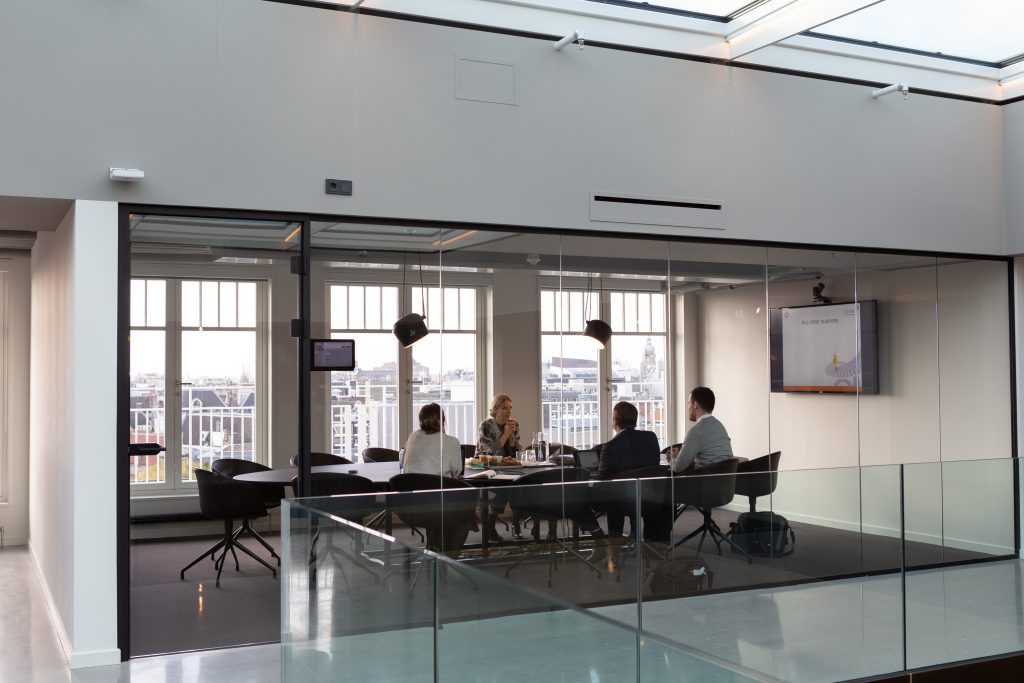For the first time in industrial history, we have five generations in the workplace, and not everyone is comfortable with this unchartered territory. In fact, generational bias is the only prejudice that is still openly accepted in the workplace, but a multigenerational workplace should not be seen as a downfall — it’s an opportunity to engage individuals of all ages improve the employee experience, but also the organizational culture as a whole.
By understanding the generational differences that we are likely to encounter in our organization, we can be better equipped to overcome them. These obstacles include perceived value differences, lack of understanding, differing employee expectations, communication preferences, and judgments based simply on age that contribute to the perpetuation of negative stereotypes. Organizations that embrace a multigenerational workplace have diversified perspectives, enhanced problem-solving abilities, and more innovative ideas. Here are some ways to combat generational differences and embrace your multigenerational workforce.
Identify Commonalities
To combat perceived value differences and conflicting employee expectations
Each decade seems to bring new perspectives which can lead different generations to struggle to understand and respect one another, but the truth is peers across all age ranges, generally, want the same thing. They want autonomy, they want to make connections with those around them, and they want to find meaning and purpose in their life and work. However, the way each generation demonstrates and achieves these values may look different. The bottom line is that the basic needs and desires won’t shift but the expectations regarding how to accomplish these goals will vary. For example, every employee needs the opportunity to grow and learn, wants to do meaningful work, and be recognized for these efforts, but younger generations expect to do this through a more flexible and holistic approach while more seasoned employees may prefer a more formal structure. It is important to understand the values and expectations of employees. Consider collecting feedback to gather a diverse offering of thoughts and mindsets that can shape how you approach strategy and culture.
Encourage a Mindset Shift
To combat generational shaming and the perpetuation of negative stereotypes
It is so easy to fall victim to a negative outlook on other generations. Naturally, people are more comfortable and familiar with what they’ve grown up with and as a result, believe that they belong to the best generation. However, this favor is often paralleled by a negative outlook on other generations and the acceptance of negative stereotypes. It is vital to our desired success that rather than ignore or dismiss these negative stereotypes within our organizations we make greater efforts to actively combat them. Instead of pretending, they don’t exist, we should recognize them and address these inaccurate perceptions. We should encourage a mindset shift that includes examining what each generation brings to the table and realizing how varying perspectives and experiences benefit the organization as a whole. For example, the easy assumption for some to make is that Gen Z is “addicted to technology”. However, if we shift our mindset, it may look more like this… “Gen Z grew up with technology in every part of their life which means they know how to effectively utilize it”.
Focus on Adaptability
To combat communication preferences
Generational differences are not the only but possibly one of the most recent causes of communication struggles in the workplace. Managing varied styles can be influenced by many factors, but the impact of diverse age ranges is becoming more prevalent. Traditionally, when employees interact and correspond in different ways, we don’t tell them they are wrong. Instead, we try to adapt and understand one another in an effort to collaborate effectively. Then why would we question and even criticize the style of an entire generation? Organizations are being pushed beyond their comfort zone as they look for ways to adjust and create a productive environment that utilizes a multigenerational workforce. Take a look at your hiring process, culture, mindset, and more to evaluate if you are supporting your employees in their ability to be adaptable.
Engage in Mutual Mentoring
To combat the lack of understanding
A multigenerational workforce is inevitable, and it should be welcomed. As previously discussed, there are many ways an organization can benefit from the unique experiences and varying perspectives that come with each generation. To maximize the assets of a multigenerational workplace, consider the idea of mutual mentoring. The traditional sense of mentoring is well recognized, but there are alternative ways to approach the concept. We all have something to share with those around us and we all have something to learn from other generations, both older and younger. Be intentional. Create opportunities for employees to benefit from their generational differences; to learn from others and increase their own skills, knowledge, and understanding.
Collaboration in a Multigenerational Workforce
A multigenerational workforce should not be an us vs. them scenario. It is about intergenerational respect and collaboration for the benefit of yourself, those around you, and your organization. We have an opportunity like never before to gain insight and knowledge from all five generations in the workforce today. It’s time to embrace the multigenerational workforce.

